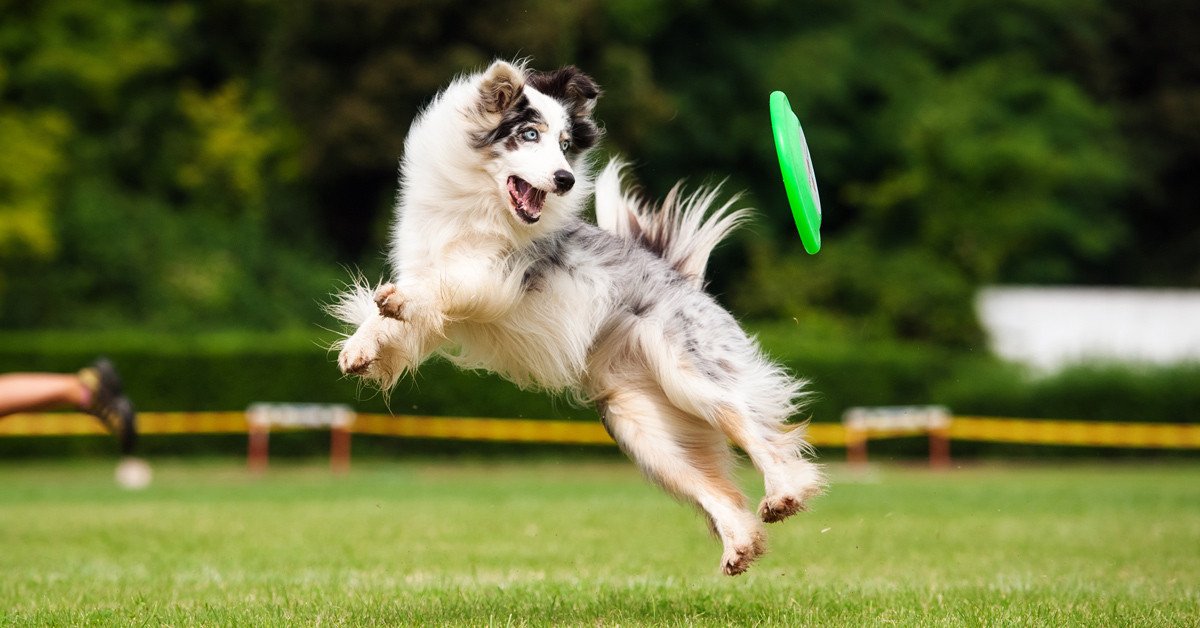

Safer play for your dog’s health and longevity
I feel like life provides me with an infinite number of topics to write about. All I need to do is to look around, and there it is, right in my face.
One of my favourite places to go here on Maui are highlands in Kula. The long and gently sweeping grasslands were Skai’s favourite too, and it is also frequented by frisbee golf enthusiasts who say that the Kula play field is one of the best in the world.
You will most likely agree that people and dogs share many common obsessions, and chasing a frisbee is no exception. In fact, I love watching the videos of super well-trained dogs having fun and flying through the air catching their favourite toy. Who wouldn’t? However, from the health point of view, I feel compelled to inform you about the risks of frisbee chasing in dogs.
Nature has worked gently but persistently to help different species evolve. Dogs have adjusted to hunting in packs, roaming the forests and plains to find food. Compared to the solitary feline hunters, they are not as fast, but they compensate for this handicap by hunting in packs.
They usually take only a few seconds and, at the most, a few minutes to chase their prey, and they never sprint and jump high repeatedly for 15, 30 or 60 minutes. In contrast, many civilized and well-trained dogs do, and that is a big problem. Repeated jumping almost always leads to either acute or chronic injuries due to one-sided use.
For the first five to seven years of a dog’s life, usually, nothing much is noticed, but as they move into middle age, almost all dogs have tight, chronically overworked, and inflamed muscles.
Subconsciously, this inflammation and muscle fatigue makes them use other muscle groups, and the injured muscles get weak. This vicious cycle often results in lameness, severe injuries, and immobility. The most commonly affected areas are the lumbar spine and the hind legs, including the knee joint.
The most common injuries from repeated, obsessive, frisbee chasing are lumbar back pain, disc disease, and cranial cruciate ligament injuries of the stifle joint (the knee). It is sad to see otherwise healthy and happy dogs become stiff, arthritic, and immobile, and it is tragic to see some of them paralyzed or needing serious and expensive surgery. The body can never return to its previous health completely, no matter what is done.
This is not an easy article for me to write because as I said, I love seeing dogs leaping and flying through the air catching a frisbee, and I do not want to be the “party pooper” here. What I want to say is to be mindful when it comes to frisbee chasing; make sure that the periods are not too long, and make sure that your dog has a wide repertoire of activities to balance the injuries.
You and your dog can have a lot of fun. Just think of games that are much more aligned with dogs’ natural way of being.
If your dog has already been injured here are two Facebook live recordings that I hope will be helpful.
For more information on how to exercise your dog safely, here are some other blogs:
One of the most common mistakes people make when exercising their dogs
How much swimming is good for your dog
© Dr. Peter Dobias, DVM